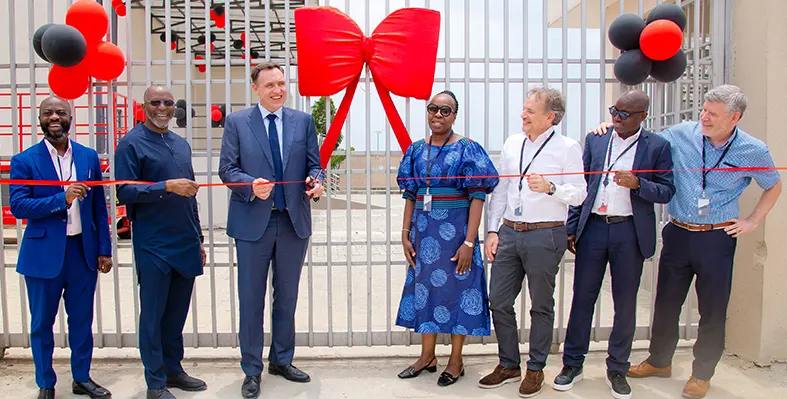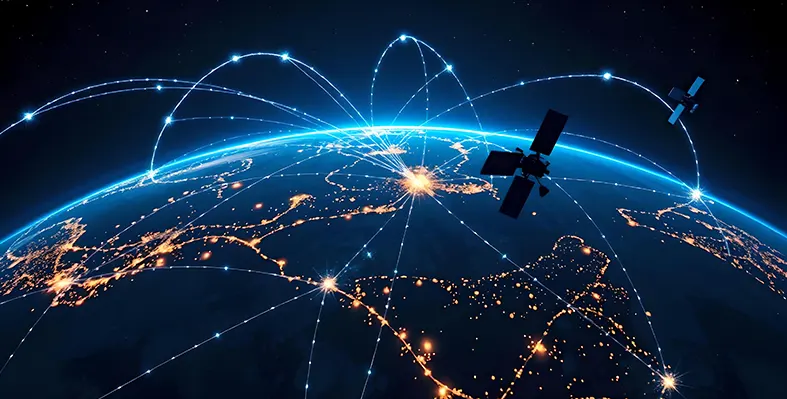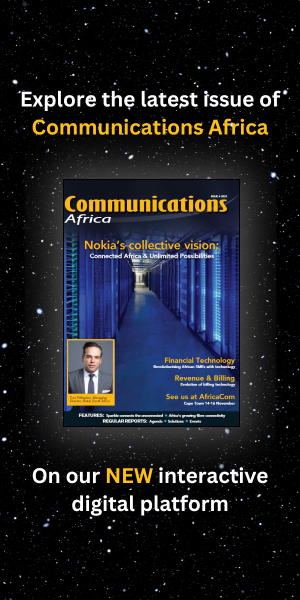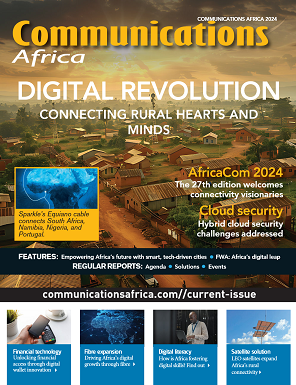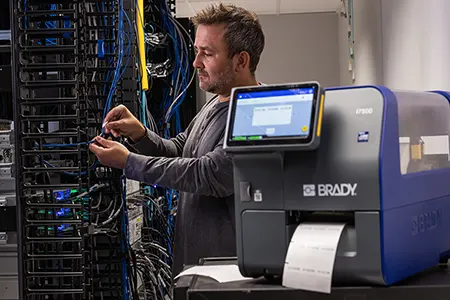TelCables West Africa, a subsidiary of Angola Cables, has partnered with leading global Network as a Service (NaaS) provider, Megaport, to enable its customers to connect seamlessly to over 930 data centres and 300+ cloud nodes
This strategic collaboration allows TelCables customers to leverage the international Angola Cables backbone network while benefiting from reduced fees and network charges of up to 75%.
For TelCables customers, this partnership ensures On-Net connectivity at lower costs and shorter lead times when requesting international access and multi-cloud connectivity to major public and private cloud providers such as AWS, Microsoft Azure, Oracle, Alibaba, and Google Cloud. It also allows financial, AI, and other digital content hosted by leading data centre operators in the USA and Europe to be cached closer to key markets in Nigeria, Ghana, and across West Africa.
Africa's connectivity revolution
As part of this collaboration, Angola Cables will interconnect its key global locations—New York, Miami, and London—allowing users to take advantage of real-time circuit provisioning to over 530 data centre locations in the US and more than 260 in Europe. Customers will benefit from instant availability with 99.99% uptime and minimal latency.
Fernando Fernandes, CEO of TelCables Nigeria and West Africa, highlighted that Megaport selected Angola Cables and TelCables West Africa as its African partners due to the network efficiency and latency optimisation they provide. “This is a major leap forward for digital connectivity on the African continent, and given the configuration of our subsea cable and partner networks, we are effectively opening a ‘super corridor’ for the express transit of data and traffic from East to West.”
Fernandes further explained that this agreement offers multiple advantages for enterprises in Nigeria and West Africa, particularly for businesses seeking flexible, scalable connectivity with adjustable bandwidth at affordable rates. It provides a cost-effective solution for companies aiming to expand their operations across Africa and beyond.
“The simple and efficient interface gives users the ability to access financial institutions, from the major stock exchanges to international banking and investment houses. The options are almost limitless, whether it is an academic or research institution looking to link into a learning institution in the US or a business looking to expand into Singapore. The low-latency connections can be set up within a matter of minutes through the easy-to-use Megaport platform that makes it possible for companies to connect and scale their businesses instantly,” remarked Fernandes.
Matt Simpson, executive vice president of business development and global channel at Megaport, highlighted the strategic benefits of this collaboration, noting that it opens doors to a wide range of solutions and services that could significantly benefit emerging economies and businesses across Africa. “Our extensive SDN simplifies connectivity for enterprises looking to interconnect between data centres, cloud and AI, internet exchanges, and 300+ service providers across five continents,” said Simpson. “The reach and capabilities of our global NaaS platform help businesses by removing many of the traditional access complexities when it comes to technical resources, capital costs, performance, and network security.”
Additionally, Megaport’s global ecosystem provides customers with direct access to its latest AI-Exchange and Financial Services Exchange.
“As the most interconnected network operator in Africa*, our collaboration with Megaport effectively gives businesses across the African continent the means to expand their operations and increase their revenues by reaching customers in the global marketplace – wherever they may be located,” concluded Fernandes.



